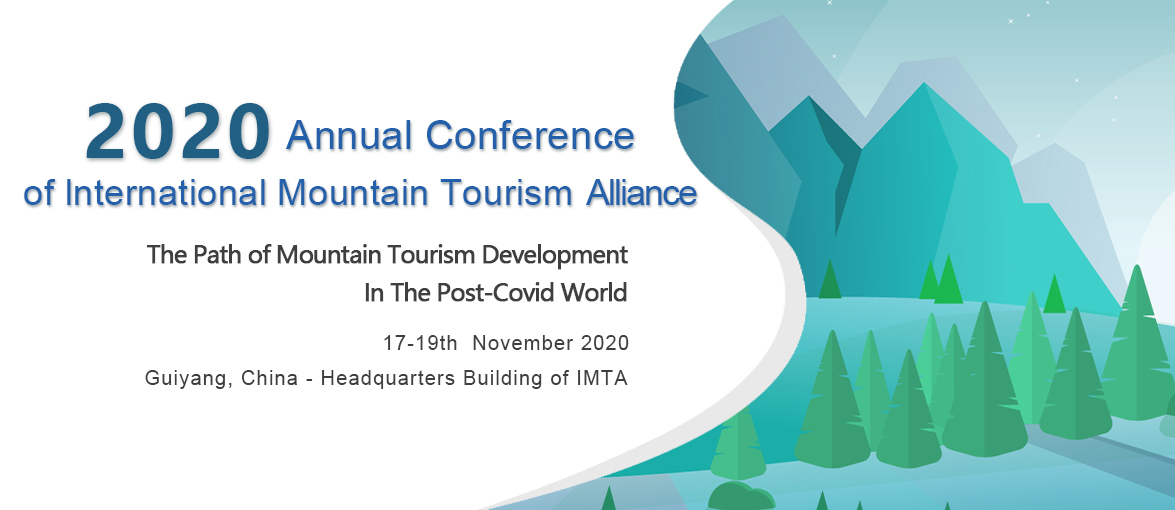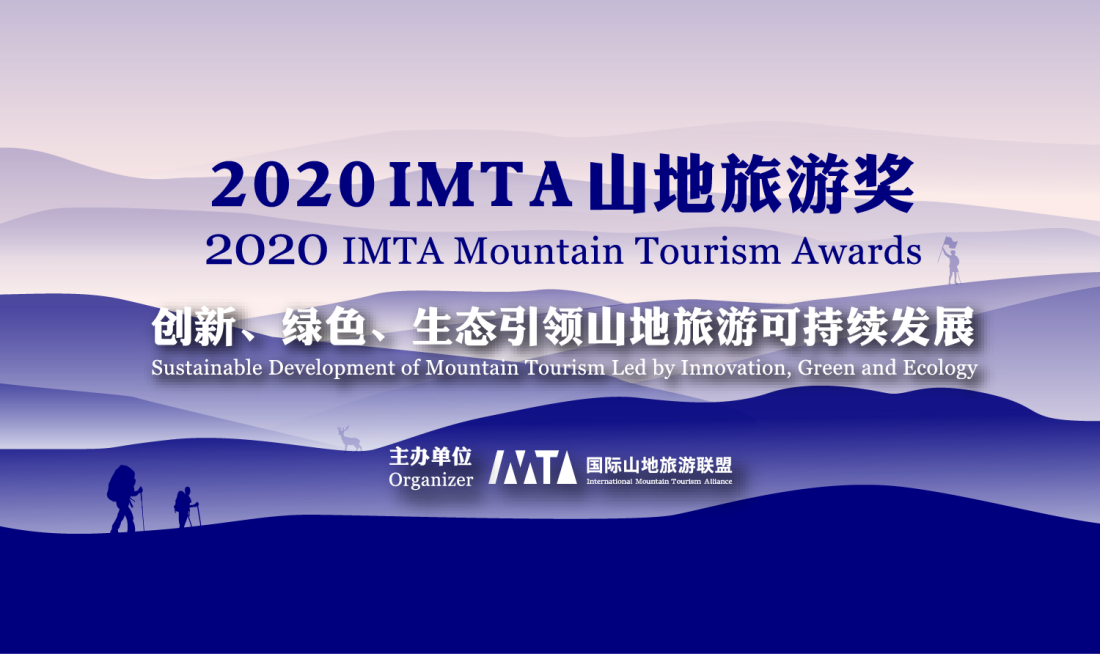Rogers Martin Valencia Espinosa: Regional collaboration and transboundary governance are key to managing and protecting mountain resources
On May 29, the "International Mountain Tourism Day (IMTD) 2024" Theme Events were successfully held in Nice, the capital city of the French department of Alpes-Maritimes, France. Representatives of the Chinese Embassy and Consulates in France, the French cultural and tourism authorities, representatives of local government, representatives of international organizations, members of the International Mountain Tourism Alliance (IMTA), tourism agencies, tourism enterprises, industry experts, and media gathered together to discuss and revolve around the theme of "Mutual Understanding among People through Mountain Tourism" and the forum theme "Mountain Tourism Destinations Responding to Climate Change". The rich exchange activities highlight and promote the development concept of mutual learning among civilizations, driving innovation in the "Mountain Tourism+" model.

Rogers Martin Valencia Espinosa, former Tourism and Culture Minister of Peru presented at "International Mountain Tourism Day 2024" Theme Forum and made a keynote speech headlined "Tourism in a changing environment: the example of the Andean region":
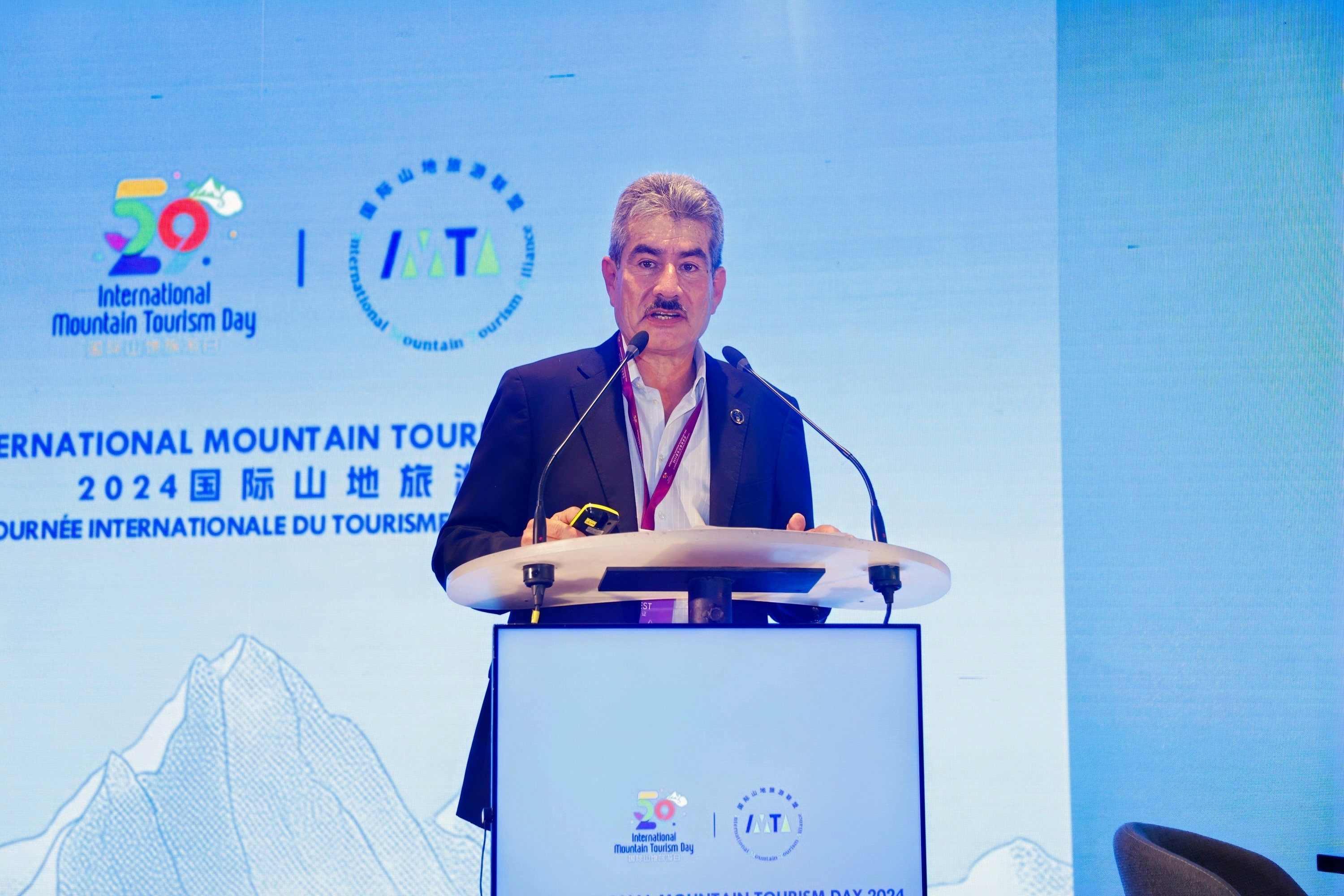
Climate change is perhaps the biggest threat to the way of life in the Andean region, where over 40 million people live today.
In 2010 not the rainiest year of the century, two events came together to create a perfect storm case, an unusually strong rain and the loss of the forest cover of some 25% of the andean slopes of the Urubamba basin, concluded in a extremely fast filling of the river bed and overflow that destroyed some 32 kilometers of train tracks and platforms, that was the only access to the most iconic of the Peruvian tourist destinations, MACHUPICCHU, we could not get to it for almost 4 months, the economic impacts were impressive, 3000 houses were destroyed or severely damaged, and over 400, million dollars were lost in revenues of the tourist trade.
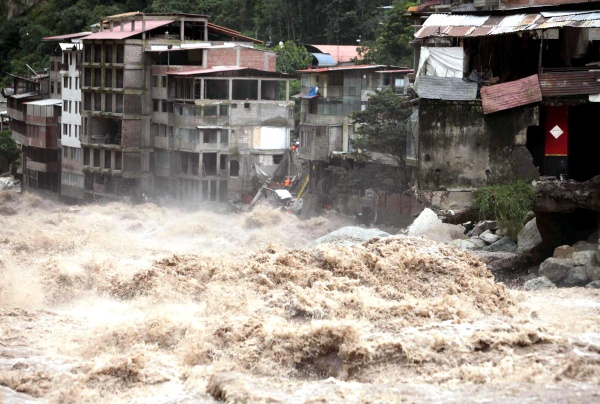
floods in Andean region
Climate change affects mountain communities in the Andes in several different ways , just to mention the most prevalent ones: the risk of food insecurity due to drought, the risk to people and infrastructure due to floods and landslides, and the risk of water insecurity due to shrinking glaciers and variability in rainfall.
Don Nazario Turpo a Shaman and a ritual master guardian of Ausangate mountain one of the most sacred mountains to the Quechua people in the andes in his speech to the world Bank ,2004 presenting his life testimony said : in the time my youngest son became a man, the glacier of Quelqaya ice cap had retreated over a kilometer and a half, the ice is gone away, making it more difficult for animals and man to have water, but i could not understand why? Our mother “The earth” was becoming more and more infertile and unable to sustain life. When I visited DC to place the Cornerstone of the NMAI some 5 years ago it was winter, but inside the houses people were very comfortable. Now as we open the doors of the museum it is scolding hot outside, but inside the buildings it feels quite comfortable. So my conclusion is that we, the people that are alive today, have grown detached from mother earth, we don't feel what she feels, we don't share our lives with her. So she has been forgotten, as she feels it, life is slipping away from her.
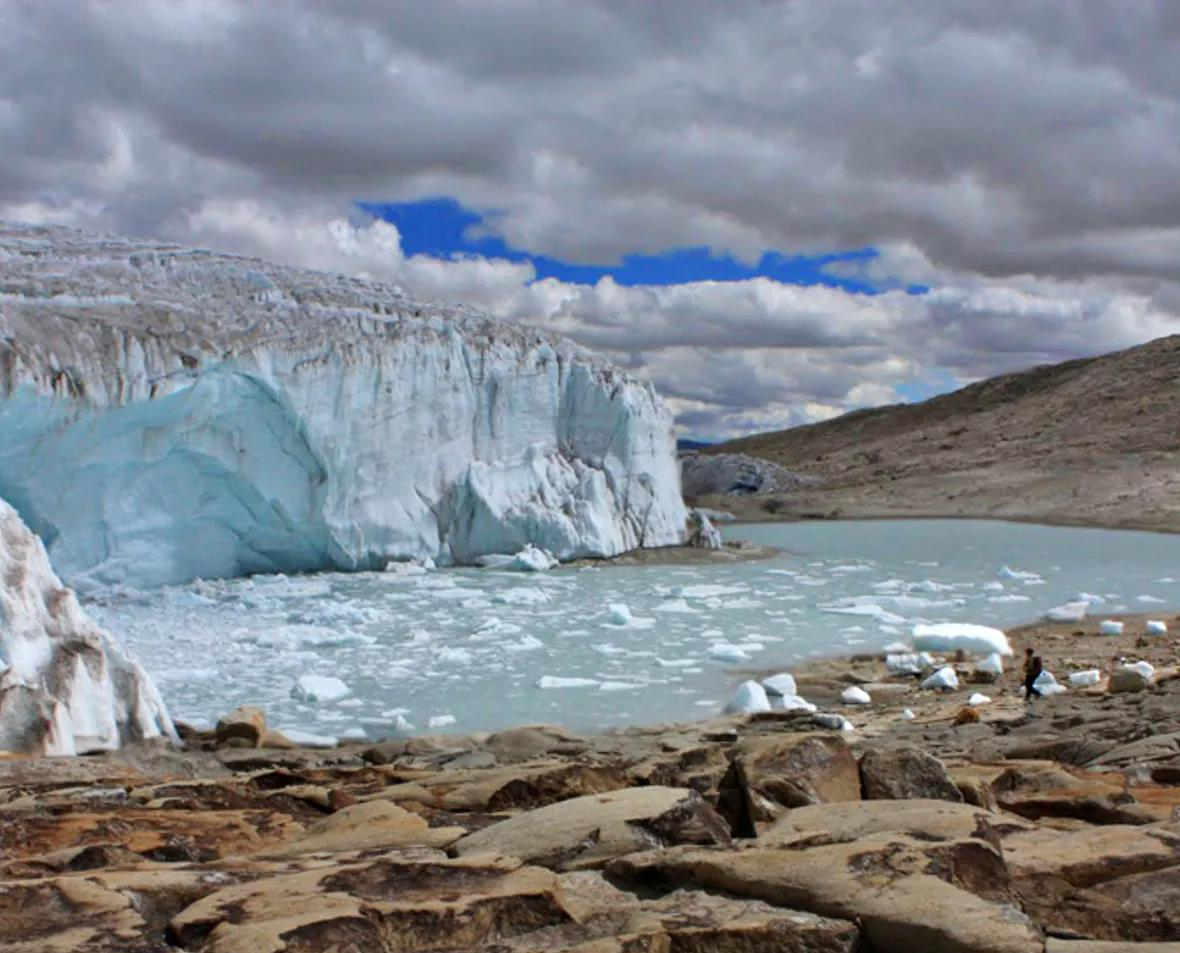
Quelccaya Ice Cap
Managing these climate risks requires knowing and addressing the causes of vulnerability. To do this, it is necessary to organize and distribute information, monitoring and governance tools that inform and promote the design and implementation of strategies that strengthen climate resilience.
Several initiatives have been implemented in order to share information and best practices all over the andean region ,particularly in the central Andes where there is a higher population density.
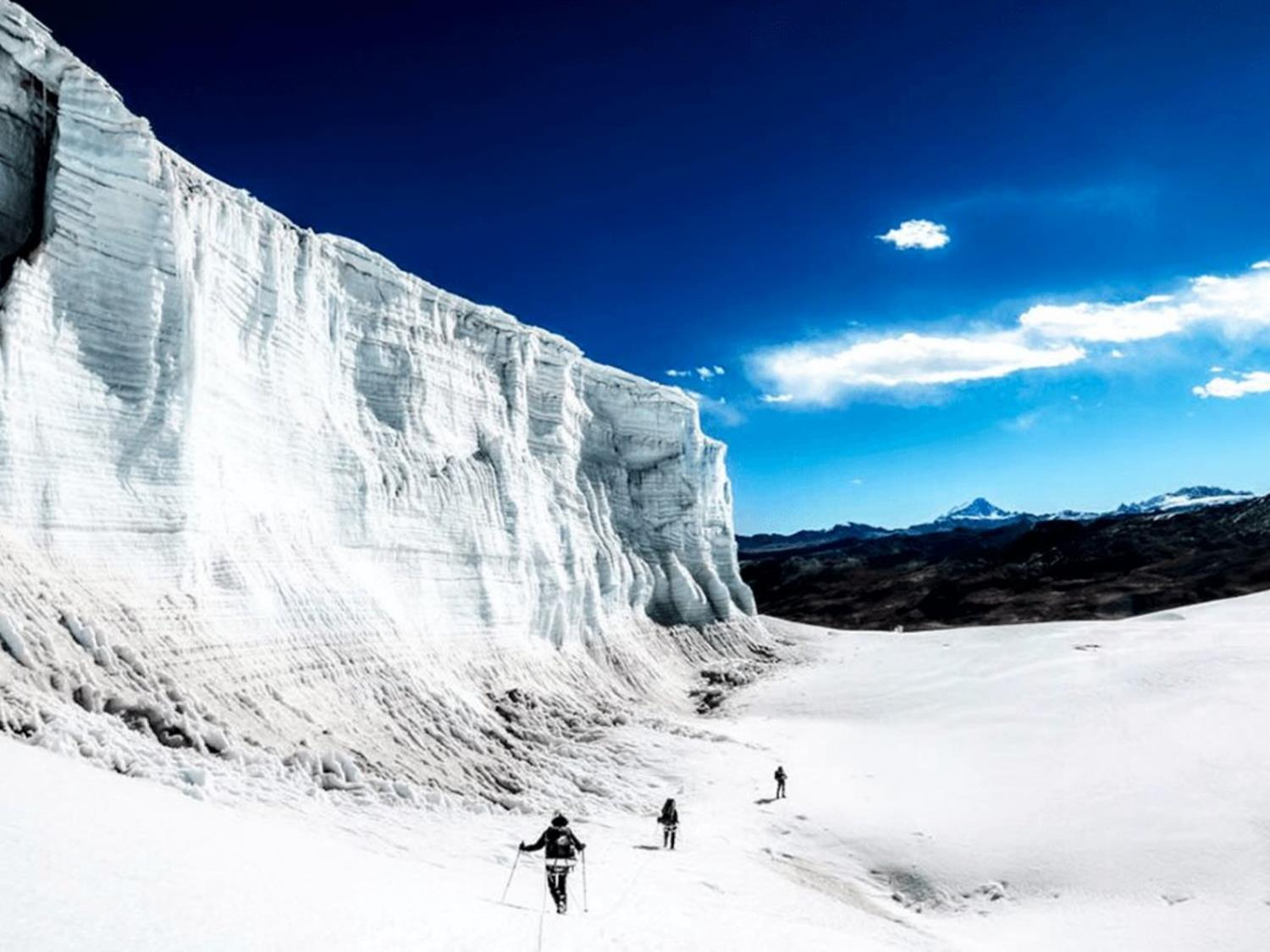
Hiking in the Andes Mountains
For example the Andean Mountain Initiative, a platform formed by seven countries of the Andes: Argentina, Bolivia, Colombia, Chile, Peru and Venezuela. Built to strengthen the regional dialogue with the purpose of promoting and undertaking joint actions aimed at the conservation and sustainable development of the Andean mountains.
To use a case, lake Titicaca shared by Peru and Bolivia and located in the high Andean plateau, has seen its water levels fallen by almost 4 meters since 1986, reaching a record low in August 2023 of 3,087.8 meters above sea level, due to severe drought and high temperatures. This threatens century old ways of life of farmers, fishermen and indigenous communities. resulting in severe social unrest.
The impacts of the climate crisis know no boundaries and regional collaboration and transboundary governance are key to managing and protecting our vast mountain resources. To address current and future climate change risks, mountain countries need to come together, share data and information, form joint committees, develop and implement joint policies and take decisions that benefit all countries equitably. A lack of cooperation may lead to missed opportunities to address climate risks and adequately manage mountain resources, which could cause social unrest and spark conflict within and between countries.

Peruvian Quechua communities planting trees
At local level initiatives such as Pachamama Raymi, an effort to reforest in high andean areas , populated by Quechua communities has had a fantastic response some 6 million trees were planted in the provinces of cusco region last year also.
Photos source: Ministry of Tourism and Culture of Peru
Text source: IMTA
Editor Ⅰ: Zhang Wenwen
Editor Ⅱ: Wu Dan
Editor Ⅲ: Liu Guosong



